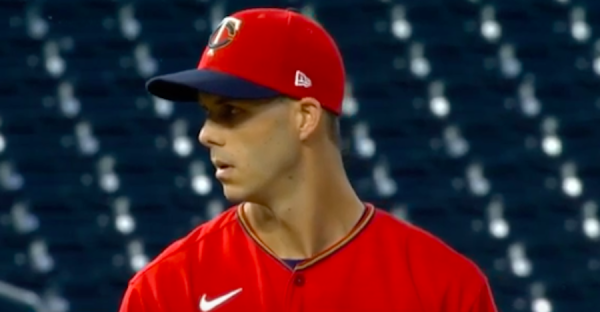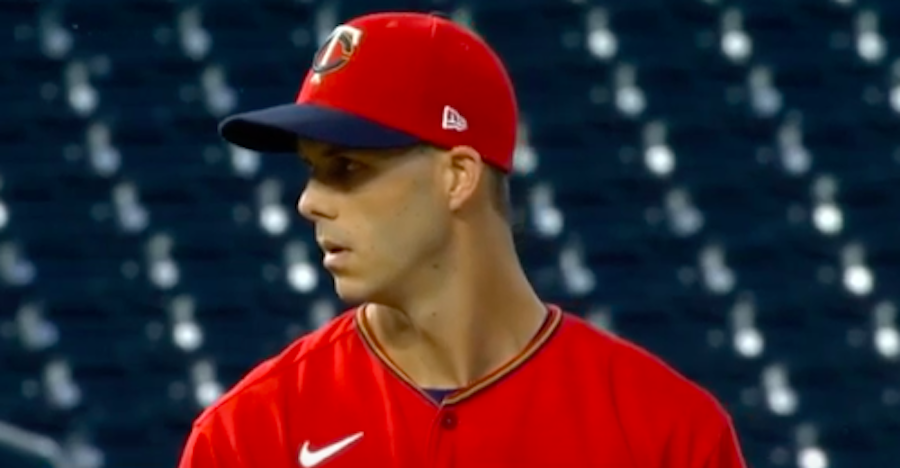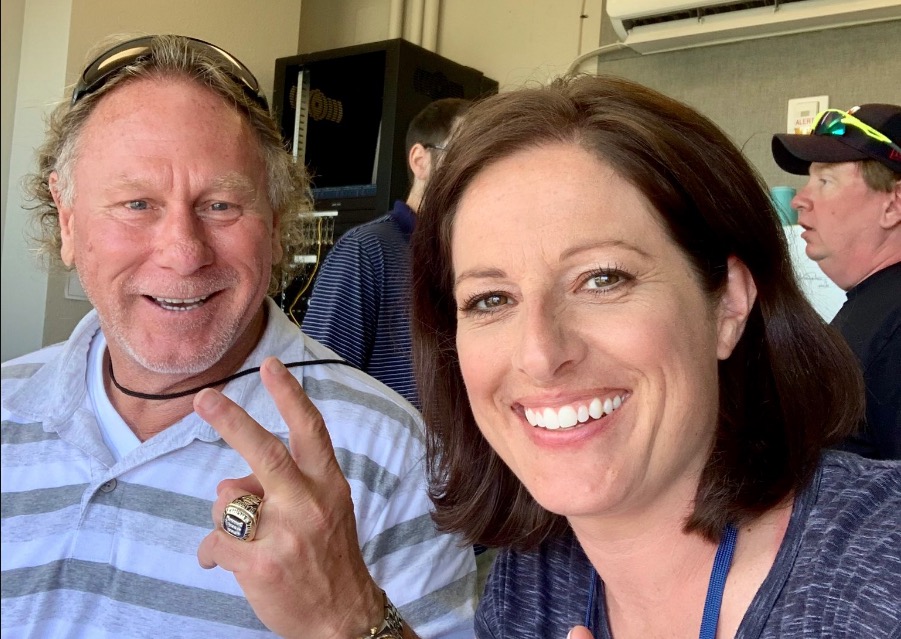
Minnesota Twins closer Taylor Rogers had a rough 2020. After putting up a masterful performance in the role the previous two seasons, Rogers didn’t look like himself, allowing just as many earned runs (9) as he had saves.
By the end of the year, the Twins relied on Sergio Romo to finish games, and now it seems like Minnesota will turn the page in a revamped bullpen next season.
But before Twins fans start making a campaign for Tyler Duffey to become the team’s closer, they should note that Rogers is a candidate for positive regression in 2021. In other words, it’s too soon to give up on the soon-to-be 30-year-old.
Rogers’ 2020 was disappointing from a traditional stats standpoint. He had the highest ERA (4.05) and WHIP (1.50) of his career, but a look at his analytics show that his performance didn’t tell the entire story.
While teams were able to get to Rogers, they did so at an incredibly lucky rate. Rogers’ Batting Average Allowed on Balls on in Play (BABIP) checked in at .400, which is an astonishingly high number.
For those who may not be familiar with analytics, the extremely high or low BABIP creates a greater chance of regression the next season. A prominent example is the career of former Twin Danny Santana.
Santana’s rookie year gave Twins fans hope as he hit .319 with seven home runs and 40 RBI in 2014. However, it also came with a .405 BABIP that screamed regression. The following season, Santana’s average plummeted to .215 with a .290 BABIP and the Twins designated him for assignment in 2017.
To bring this back to Rogers, Santana’s downfall came when some of the balls he was hitting couldn’t find the outfield grass. With a more normal rate, Santana came back to earth which is what the Twins should hope happens to opposing batters against Rogers.
Rogers’ other peripherals were also encouraging in 2020. His Fielding Independent Pitching (FIP), which is an ERA metric that takes into account the defense behind him, was 2.84. That number was actually lower than his 2019 mark (2.85) and falls in line with the past three seasons of his career.
Rogers also didn’t see a major difference in his walks and strikeout numbers. The left-hander struck out 11.7 batters per nine innings in 2019, but only saw that number drop to 10.8 last season. In addition, Rogers made hitters chase out of the zone a career-high 33.5% of the time in 2020, per FanGraphs.
While his walks per nine innings went up from 1.4 to 1.8, it’s interesting to consider that two years ago, that number was 2.1, which could just be a regression to the mean.
All of this is important to consider and has an added twist with 2020 being an extremely small sample size. If 2020 were a normal season, there’s a chance his numbers would have evened out by October, which would make everyone think all is well.
Instead, the Twins have a bullpen that is filled with turnover. Although they were able to re-sign Duffey, the Twins will be heavily involved in the free-agent market to add some better arms. Although there are solid options out there, the Twins would be wise to trust Rogers bouncing back from a tough year.









